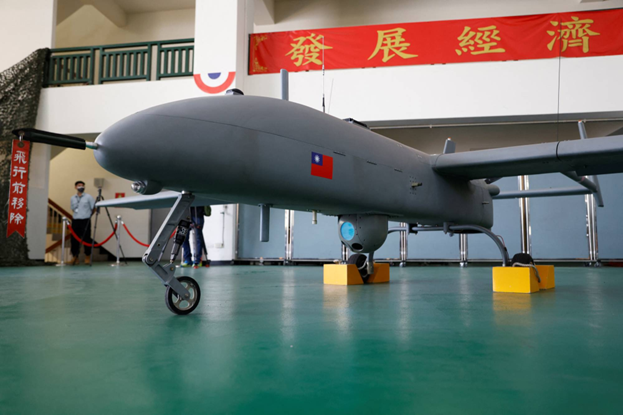Technology During World War I
Technology – World War I was one of the most significant and pivotal conflicts in history. This is because the technology used in World War I was much more advanced than it was at the time. Further investigation reveals that his technology was developed at the same time as the war began to give him an advantage over the opposing side on the battlefield. It looks like it was used for something else.
Technology during World War I:
1. Technology from the First World War:
Zeppelin:
The extraordinary machines that wreaked havoc during World War I are the result of the development of science-based technology.
At the beginning of the conflict, zeppelins—also known as airships—were utilized to transport various reinforcements that turned the tide. It was the ideal weapon for the opposition to use to kill them, with its manpower, machine guns, and bombs. Due to their superior training, they were primarily utilized on the German front against the infamous Royal Air Force or Royal Air Force.
Gas:
During World War I, genocidal tactics were used to control the crowd and eliminate as many soldiers as possible. Chemical weapons or poisonous gases were one of these methods. It was used and carried approximately 91,000 people. Chloroform and other components of the hydrosulfide group were the primary chemicals used to make this weapon. Gas masks were created to prevent the effects of this weapon because it was used so frequently. Gas masks were made for horses and soldiers to use as dependable means of transportation.
Plane and camera:
Trench guns and airplanes were the war’s most infamous weapons. Using gunpowder and the world’s largest artillery shell at the time, the cannon was a significant development at the time. Although its effects were extremely lethal on the battlefield, it was primarily used as a cannon. The famous cannon that claimed the most lives was known as the Big Bertha, or howitzer in German. Their designs were different from one another. It was used by the Imperial German Army and had a length of about 4.9 meters and could fire projectiles of 43 calibers. It had a range of between 9,000 and 12,000 meters. The aircraft of World War I were quite distinct from other aircraft of the time. The aircraft’s design fits the description that its purpose is maneuverability in addition to capability and firepower. The Luftwaffe and the RAF on the British side were the two main groups that ruled the skies during World War I. The Luftwaffe’s use of three overlapping wings for maximum maneuverability makes these two aircraft stand out the most. However, due to their lighter weight and faster engines, RAF aircraft were utilized.
Tank:
All sides used the tank, which was the most important weapon in battle. The French answer to the German A7V was the small but powerful Renault FT or FT-17, which could evade enemy fire while the A7V was heavily armored and loaded with machine guns. Because they could withstand combat and bullets, they were made to kill soldiers who were hiding in trenches.
Communication:
Communication is essential to victory in any conflict, and numerous parties have devised methods for transmitting and receiving war data. That’s how many technologies there are today. But first, the most ingenious and primitive way to send messages during World War I was to attach them to the feet of trained pigeons or other birds that were available at the time.
The accuracy or inaccuracy of the coordinates they were sending for bomb drops and rescues was determined by how well-trained these pigeons were. The Germans figured out how to use radio waves to send and receive voice commands in real-time, and they were used by the British and French armies. It was regarded as the most advanced technology the world had ever seen during the war.
The used radios were mostly made of wood and were very big, with a lot of dials and buttons. Morse code was another way to communicate because it is safer than most other methods. That code was translated into text fragments by a translation center. This refers to information relevant to the battle’s outcome or its current state.
Current technology from World War I:
Most of the technology utilized in World War I is now housed in museums, but some of it is utilized daily without our knowledge. It will establish a connection with your phone and begin playing music. A technology’s years of modification and development have led to this connection: the radio waves The current version incorporates many of the original designs for tanks and aircraft, with some design elements remaining unchanged. It was never meant to be used in the way that it is now.


One thought on “Technology During World War I”